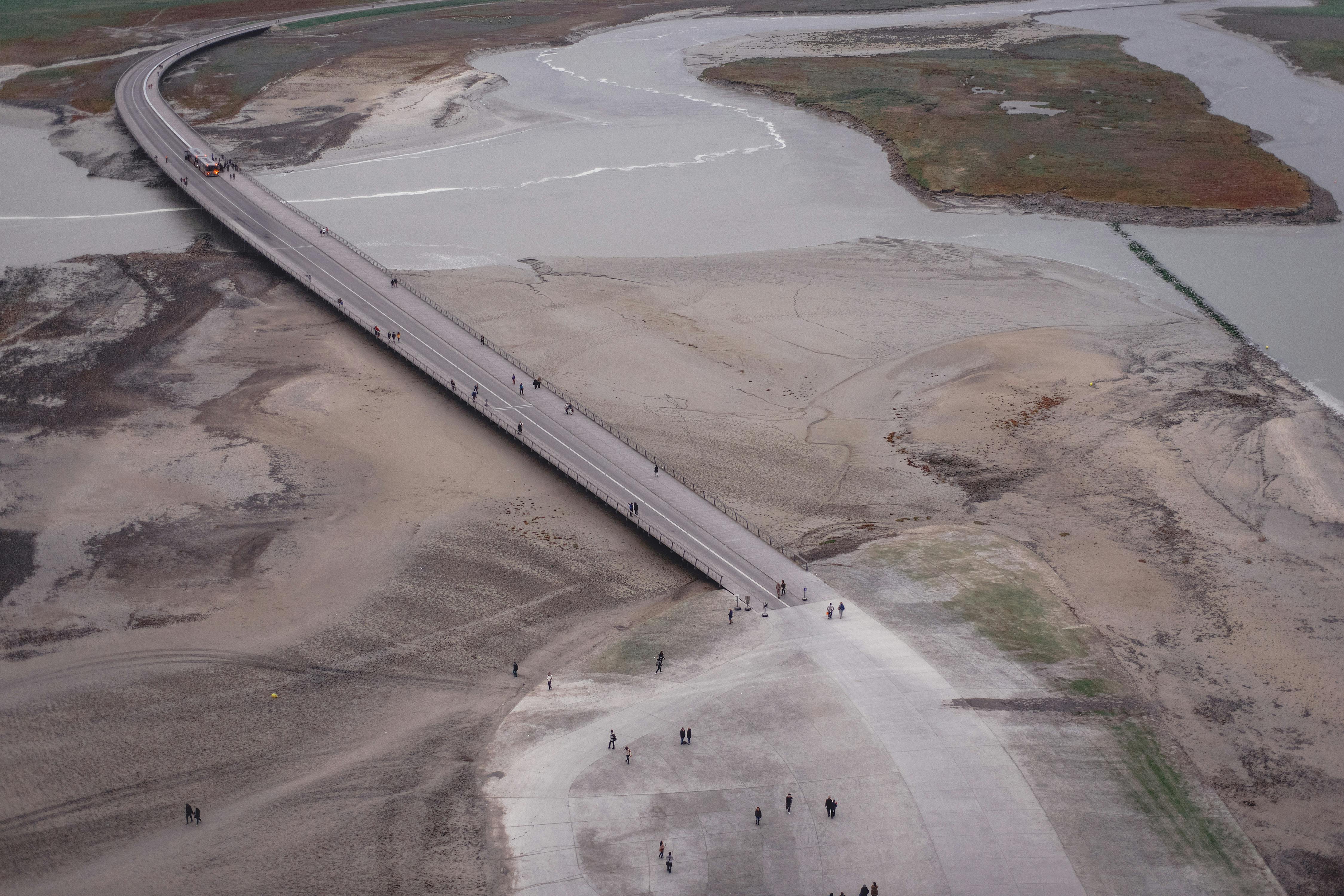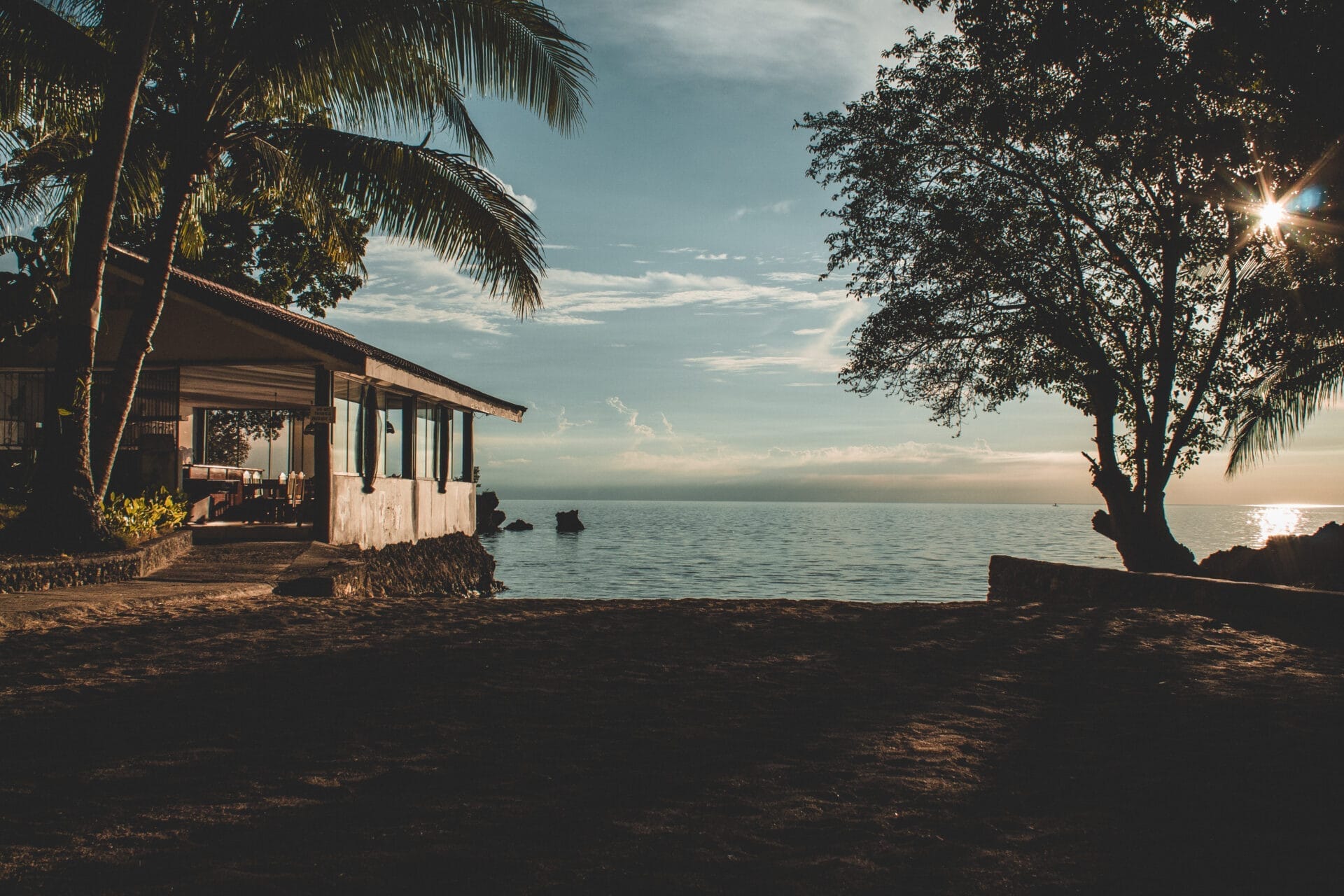Distilling water at home is a convenient and cost-effective way to obtain safe, clean drinking water. Distillation is the process of purifying water by removing impurities, such as salt, minerals, and bacteria. It is one of the most effective ways to purify water and can be done with simple equipment and materials that are readily available. In this article, we will discuss the easiest way to distill water at home and the materials you will need to get started.Water distillation is a process that involves heating water to its boiling point so that it vaporizes, and then condensing the vapor back into liquid form. The resulting liquid is free from most contaminants and bacteria, making it safe to drink.
Materials Needed for Distilling Water at Home
Distillation is a process of purifying water by heating it and then condensing the steam back into a liquid. It is a great way to make sure that the water you drink is safe and healthy. To distill water at home, you will need some basic materials, such as a heat source, a container to hold the heated water, something to contain the vaporized water, and something to collect the distilled water. Here is an overview of what you need:
Heat Source: You will need something that can generate heat in order to boil the water. This could be a stovetop burner or an electric heating element.
Container: You will need something that can hold the heated water while it boils off into vapor. This could be a pot or kettle with a lid on it.
Vapor Container: This is where the vaporized water will condense back into liquid form. It should be tall enough so that it can fit over your container of heated water while leaving enough room for the vapor to condense. It should also
Step 1: Gather Materials
The first step to distill water at home is to gather all the necessary materials. You will need a large pot, a smaller pot, some ice cubes, and a bowl. You will also need some clean, filtered water. It is important to start with clean water in order to get the best results.
Step 2: Heat the Water
Once you have all of your materials gathered, it is time to heat the water. Fill the large pot with the filtered water and heat it on the stove until it begins to boil. Once it starts boiling, reduce the heat and let it simmer for about 10 minutes.
Step 3: Place Smaller Pot Inside
After 10 minutes of simmering, place your smaller pot inside the larger pot of boiling water. Make sure that there is enough space between the two pots so that steam can escape from the larger pot and into the smaller one. Allow this process to continue for another 10 minutes or so.
Step 4: PlacePros of Distilling Water at Home
Distilling water at home provides a great way to purify water for drinking and other purposes. It is an effective way to remove toxins, chemicals, minerals, and bacteria from the water. Distillation also eliminates the need to buy bottled or filtered water from the store. Additionally, by distilling your own water, you can be sure it is kept as clean as possible. This can help ensure that the water you drink is free of contaminants that can cause serious health issues.
Cons of Distilling Water at Home
One downside of distilling water at home is the cost associated with purchasing a distiller and maintaining it. This equipment can be expensive and require frequent replacement parts in order to keep it running properly. Additionally, distilled water has a different taste than regular tap water, which can take time to get used to for some people. Finally, many argue that distilled water does not contain important minerals that are found in regular tap water, making it an inadequate source of hydration for those who are highly active or athletes.
How Long Does it Take to Distill Water at Home?
Distilling water at home can be an effective way to make sure you have access to pure, safe drinking water. The process involves boiling the water until it vaporizes and then condensing the vapor back into liquid form. Depending on the type of distiller you are using and the amount of water you need, this process can take anywhere from several hours to a few days.
If you’re using a simple stovetop distiller, you will need to boil the water for several hours until it vaporizes and then collect the condensed vapor in a separate container. This process can take anywhere from four to eight hours depending on how much water you need. You will also need to monitor the distillation process closely so that you don’t accidentally burn off too much of the water and end up with a lower yield than expected.
If you’re using an electric countertop distiller, it’s possible to distill larger amounts of water in shorter periods of time. These units typically have a larger capacity than stovetop models and some models are designed specifically for home use. Depending on the size of the unit, this process

Troubleshooting Tips for Distilling Water at Home
Distilling water at home is an easy and cost-effective way to purify water. However, problems may arise during the distillation process. Here are some tips to help you troubleshoot any issues that may come up:
Check the power supply. Make sure that the power supply is in good working order and plugged into a working outlet. If it’s not, the distillation process won’t work properly.
Check the water level in your container. You need to make sure that there is enough water in your container for the distillation process to work properly. If there isn’t enough water, your results will be substandard or you may not get any distilled water at all.
Make sure you are using clean containers and filters. If you are using any type of filter or container for your distillation process, make sure they are clean and free of debris or contaminants before use. This will help ensure that your distilled water is of a high quality
Safety Precautions for Distilling Water at Home
Distilling water at home can be a great way to obtain pure, chemical-free water. However, it is important to take safety precautions when distilling water to ensure the process is conducted safely and correctly. First, only use distilled water for distilling purposes. Tap or other types of water can contain chemicals that could contaminate the distilled water. Additionally, it is important to make sure that all containers used for distilling are cleaned and sterilized before beginning the process. This will help reduce the chances of bacteria or other contaminants entering the distilled water.
When boiling the water, make sure to keep a close eye on it as too much heat can cause explosions or other accidents. It is also important to keep children away from the boiling equipment as steam and hot surfaces can be dangerous. When transferring hot liquids, use gloves and oven mitts as protection against burns. Finally, use caution when handling glass containers as they are breakable and can cause serious injury if handled carelessly.
By following these safety precautions when distilling water at home, you can ensure that you
Is It Safe to Drink Distilled Water?
Distilled water is created through a process of distillation, where steam is used to separate water from other minerals and contaminants. Unlike tap water, distilled water is free from any impurities or chemicals. This makes it very attractive to those looking for a pure drinking source. However, some experts have raised concerns about the safety of drinking distilled water.
One of the primary concerns about drinking distilled water is that it can leach minerals from the body. Distilled water has been found to contain very low levels of essential minerals such as calcium and magnesium, which are important for healthy bones and muscles. Without these minerals, the body may become deficient over time and lead to health problems.
Another concern about distilled water is its lack of fluoride content. Fluoride is an important mineral for protecting teeth against cavities and decay. Without fluoride in the diet, tooth decay can become more common in children and adults alike.
Finally, some studies suggest that drinking too much distilled water can cause electrolyte imbalances in the body. Electrolytes are necessary for proper cell function and energy levels, so any disruption in their

Conclusion
Distilling water at home is a simple process that can be done with basic materials and tools. The distillation process is an effective way to purify water and remove potential contaminants. It can also be used to make distilled water for drinking, cleaning, or cooking purposes. Although there are other methods of purifying water, distillation is the most reliable and efficient one. With the right equipment and instructions, anyone can easily distill water at home.
The easiest way to distill water at home is to use a stovetop distiller. This method requires minimal supplies and setup time, making it a great choice for those who need distilled water in a hurry. As long as you have access to some clean water and a gas or electric stove, you can quickly produce pure distilled water in the comfort of your own home.
No matter what method you choose to distill your own water, safety should always be your top priority. Make sure that all equipment is in good condition before use, and follow all manufacturer guidelines for safe operation. With these precautions taken, you can enjoy clean and tasty distilled water whenever you need it!

